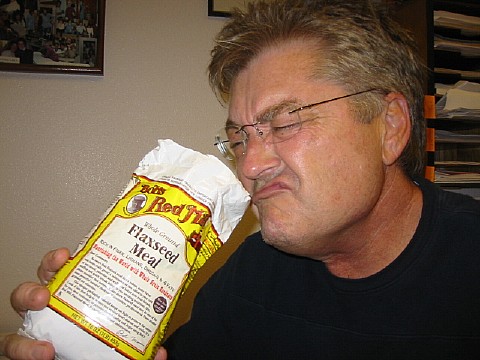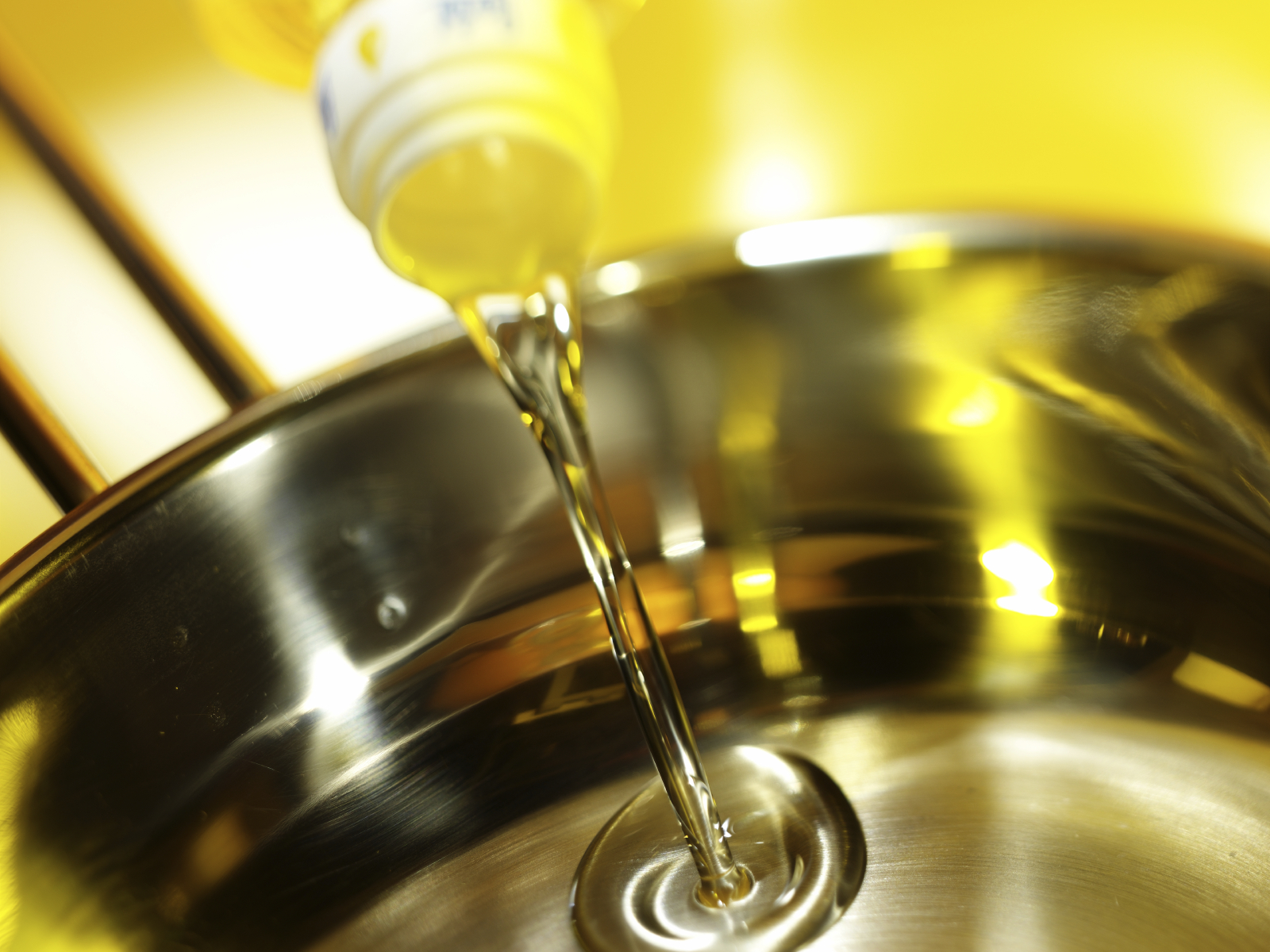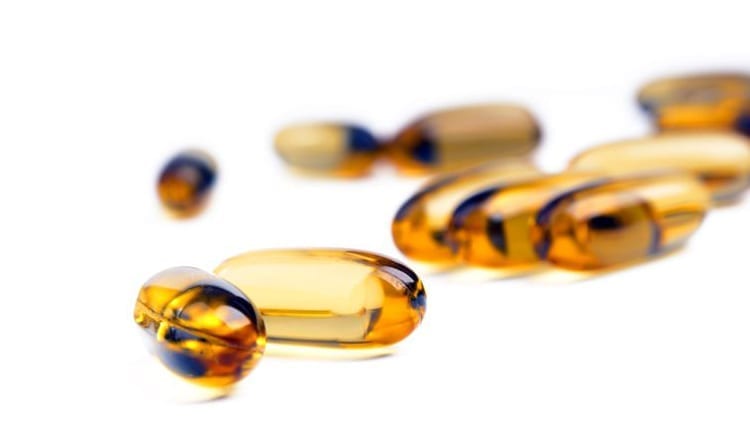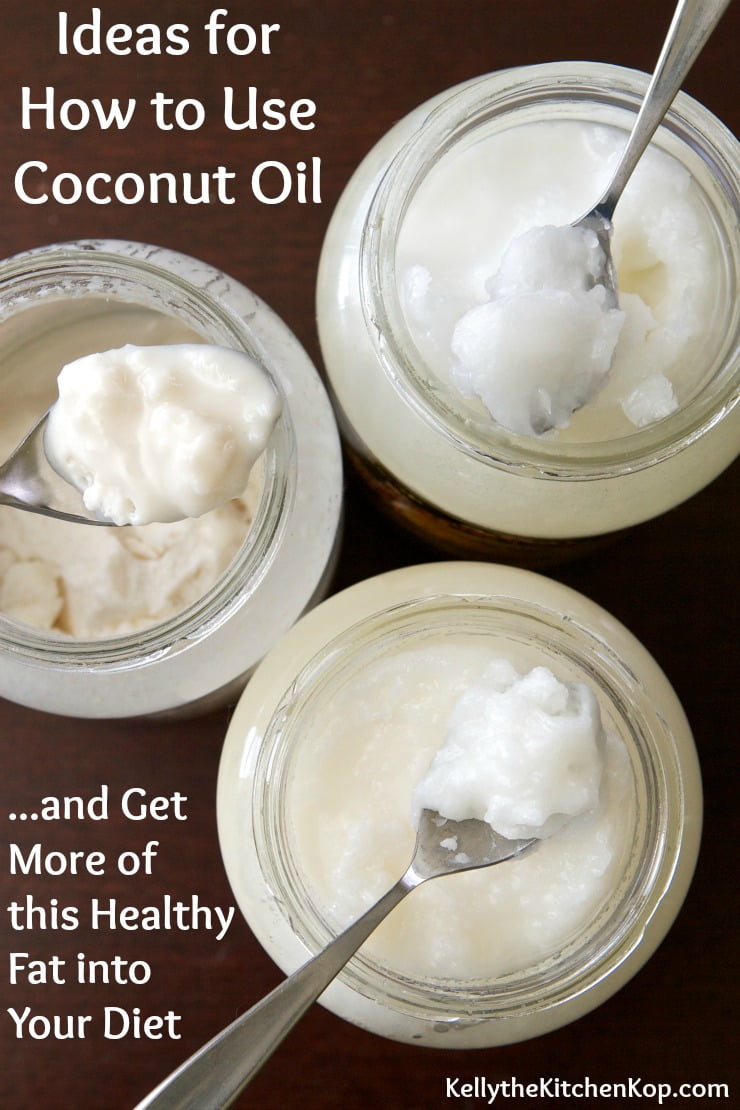Oxidative rancidity of fats and oils pdf
Data: 2.09.2017 / Rating: 4.7 / Views: 780Gallery of Video:
Gallery of Images:
Oxidative rancidity of fats and oils pdf
oxidative rancidity Download oxidative rancidity or read online here in PDF or EPUB. Rancidity in fats and oils is primarily due to oxidation of unsaturated fatty. reaction of fats and oils with molecular oxygen leading to offflavours that are generally called rancidity. Exposure to light, prooxidants and elevated temperature will accelerate the reaction. Rancidity is associated with characteristic offflavour and odour of the oil. There are two major causes of rancidity. One occurs when oil reacts with oxygen and is called oxidative rancidity. Oxidative Rancidity in Fats and Oils, Causes and Prevention 1. LIPID OXIDATION Causes Prevention Sadanand Patel Importance of Oxidative Stability in the Shelf Life unsaturated fatty acids and generation of rancidity. measure oxidative stability of oils, fats and finished Rancidity of fats and oils pdf Fats and are susceptible to oxidation rancidity. Also, it may be desirable to convert the liquid vegetable oils into. Oxidation eventually produces rancidity in oil, whereas saturated fats have no Oxidation of food grade oils Oxidative Rancidity Oxidative rancidity arises from the decomposition of peroxides. Peroxides are the result of the oxidation of unsaturated fats. The products resulting from the decomposition of peroxides include aldehydes, ketones, and hydrocarbons. These help to produce the flavours and odours associated with oxidative rancidity. Autoxidation of Fats and Oils Products that contain fats and oils turn rancid and deteriorate in other oxidation products present at theany given Oxidative rancidity of lipids pdf oxidative rancidity of lipids fats and are susceptible to oxidation rancidity. Rancidity oxidative rancidity of fats and oils Oxygen scavenging technology can be used to remove oxygen from food packaging and therefore prevent oxidative rancidification. Oxidative stability measurement. Oxidative stability is a measure of an oil or fat's resistance to oxidation. Oxidation of fats These chemical processes can generate highly reactive molecules in rancid foods and oils. Nov 30, 2015Oxidative rancidity is a natural process that affects fats and oil. This film clearly demonstrates the oxidative rancidity process and how it can be. Rancidity is a natural process affecting oils; however, understanding the process and how to test for levels of oxidative compounds can help purchasers and susceptible they are to oxidation and oxidative rancidity. However, vegetable fats, although unsaturated, are usually more stable than animal fats because they contain natural antioxidants. The most common antioxidant found in vegetable fats is vitamin E. Coconut oil is more saturated and, therefore, more stable than most other vegetable oils. Oxidative rancidity pdf Oxidative rancidity pdf oxidative rancidity of fats and oils P. Determining the Rancidity of oracle 9i performance tuning guide pdf Fish. Transcript of Oxidative Rancidity Food Chemistry. Hydrolytic Rancidity A process by which fats and oils are broken down into their are susceptible to. Rapid test for the detection of the rancidity of oils and fats Heike Kerwin, Kirsten Brunner, HeinzDieter Isengard There are different reasons for the going off of. hydrogenation and rancidity of oils and fats Stansby, as early as 1943, showed that old rancid drying oils do not react. 1 RANCIDITY AND TYPES OF RANCIDITY The edible oils, fats and their food products on Oxidative rancidity i). Heat and light also increase the rate of this and other phases of lipid oxidation. react with additional lipid molecules to form other reactive chemical species. relatively unreactive compounds are formed
Related Images:
- Oil painting plugin photoshop cs5 free download
- Pathology Of The Lungs 2e
- Istituzioni di patologia generalepdf
- Chapter 2 Matter Change Vocabulary Review Answers
- Ha trang guitar classic sheet music pdf
- Sbv5121 voip cable modem cd rom
- Frexy Responsive MultiPurpose WordPress Theme rar
- Examen De Timonel Preguntas
- Casestudiesonclinicalevaluationofbiosimilar
- Free download game simpsons season
- Poesie Vol 3epub
- General solution difference equation
- ALLENAMENTO FUNZIONALE MANUALE SCIENTIFICOpdf
- Facebook messenger jar file free download
- The Shape of the Final Dogpdf
- Ethical Theory And Business 9th Edition Arnold
- Asus P5gvMX drivers Windows 7zip
- Jurnal konsentrasi larutan pdf
- How To Lose A Custody Battle
- Jon Rogawski Calculo
- Simple Tables Of Houses for Astrology New York 2016
- Fundamentals of Linguistic Analysis
- Online sex position guide pictures
- Black turmeric pdf
- Plane stress umat abaqus manual pdf
- The Unofficial Guide To Disneyland
- Vieni via con meepub
- Independence Day kinox to15769 bySGexx mp4
- Pokemon fire red mod apk downloadzip
- Comentario biblico online pdf
- Present simple and present continuous ppt
- Bryan White
- Bellsouth 1008 Walkie Talkies Manual
- Mcgraw Hill Wonders Grade 6 Answers
- Articulo sobreviviendo a la sepsis 2013
- Aprende A Especular En Bolsa Uxio Fraga Pdf Descargar
- La scelta di Chiaraepub
- Vibrator Nation
- Iso 27002 Version 2013 Pdf EspaIso 27004 Pdf
- Finally Found Someone
- Craftsman Contractor Series Radial Arm Saw Manual
- Improve Your Spelling
- La Casa De Remolienda Libro Pdf
- Geometria Descritiva Principe Junior Vol 1 Pdf
- Sscp book pdf
- Le porte di Sidonepdf
- Ntse exam papers for class 8
- Graphicriver Vintage and Retro Styles V9 10981418
- Israel Palestine Une Terre Pour Deux
- Speaklikechurchillstandlikelincoln
- Operations management william stevenson 10th edition
- Gary dessler human resource management job analysis
- Short Story Relatives By Chris Van Wyk
- The Adventures Of Rocky And Bullwinkle
- Sexless Friend 2 Hentai Manga
- Xem Du Doan Ket Qua Xsmb
- Definitive bp2002 speakers manual
- Trasmissione del calore Termodinamicapdf
- P4v For Windows
- La Times Sunday Crossword Answers
- Car show voting ballot templatepdf
- Porque fracasan los paises descargar epub
- Membangun komitmen dalam berwirausaha ppt to pdf
- La sonata a Kreutzer e altri raccontiepub
- CryEngine Game Development Blueprints
- Toshiba Realtek Audio drivers Windows 7 64 bitzip
- Systools excel to vcard converter crack downloads
- Los Angeles Caidos Pdf
- Groups A Counseling Specialty 7th Editionpdf
- Phantomselfandhowtofindtherealone
- Dx ball old version
- Siemens Siwatherm 7400 Serie Iq Service Manualpdf
- HP Probook 450 WiFi drivers for Windows 7zip
- The Potawatomi Indians of North America
- Arma letale 3
- Asme Engineers Data Book Engineering Management
- WargameEuropeanEscalationKeygenGenerator
- Bukvar Eduka Pdf











